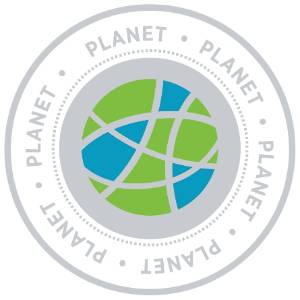
Saskatchewan Polytechnic embarked on its second Polar Bear Eco Trip in early November, with 21 participants including two experienced guides making the journey by van and train to Churchill, Manitoba. The venture’s success in 2022 assured project partners in the School of Agriculture, Natural Resources and Sustainability, the Office of Applied Research and Innovation, and the School of Continuing Education that a trip to what is described as Canada’s “accessible arctic” should become an annual event.
“The polar bear trip is so much more than just a tour,” says Dr. Susan Blum, who conceived of it along with colleagues. “We knew it would be an opportunity to increase our connection with the public in a meaningful way through continuing education while furthering our growing sustainability mandate and commitment to the United Nations’ Sustainable Development Goals. At the same time, the trip gives students an amazing opportunity to take their learning to a new level.”
Blum, who co-led this year’s trip with seasoned guide Leslie Tuchek, was a polar bear researcher earlier in her career and now leads Sask Polytech’s Office of Applied Research and Innovation, and Sask Polytech’s School of Continuing Education. “I wasn’t able to go last year so I was very pleased to help lead the group this time,” says Blum. “I love the north and it feels good to reconnect with people currently working in this field. I spent many years researching polar bears yet each time I see one is a new and exciting experience. It’s wonderful to share my passion with a group eager to learn more about the species, their habitat and the ecosystems that sustain them.”
This year’s tour group was primarily made up of public participants but also included a few Sask Polytech faculty and staff as well as four keen students from the Integrated Resource Management program. Participants ranged in age from their twenties to their seventies and came from across the province and as far as Ontario. The group first met in a hybrid Zoom/in-person introduction session in October, followed by a series of pre-trip lectures with experts that earned them a Surge micro-credential. Says Tuchek, who has been to Churchill 15 times, “Preparing for this adventure by learning more about the Churchill region, the flora and fauna, and the human culture living next door to polar bears makes the adventure infinitely richer.”
As in the trip’s first year, students from two programs in the School of Agriculture, Natural Resources and Sustainability were invited to apply for four funded spots. Integrated Resource Management, and Resource and Environmental Law students submitted applications outlining why they would like to attend. They were chosen based on their submission as well as overall standing in their program and qualities such as leadership. This year’s successful candidates are all in their second year of the Integrated Resource Management program at Prince Albert campus.
One of these students, Alicia Higney, started her post-secondary education at university in Alberta but realized after a few years that she was more suited to a hands-on learning environment, explaining, “Everything is on a smaller scale here, including class sizes and the pool of students looking for summer jobs. As a result, there are better opportunities. This trip was one of them.” Like Higney, Kamen Korejbo arrived at Sask Polytech with a few university classes under his belt but was unsure what to do next. Exploring his options, he took a biology/hydrology field assistant job with an environmental consulting company his father worked for at the time. He says, “I really liked the work, so I applied to Sask Polytech and started the Integrated Resource Management program to give me the credentials needed for a career in this field.”
Nevaeh Carleton also started her post-secondary education at university. “I was taking environmental biology,” she explains, “and I told two of my professors I wanted to do the kind of hands-on fieldwork they were doing. They convinced me to start my career with a diploma in integrated resource management.” Hamilton Greenwood and Joanne Marchand, who also teach in the Integrated Resource Management program at Sask Polytech, recognized that Carleton’s interests lent themselves to work as a technologist. “They convinced me of the merits of pairing a diploma in integrated resource management with a university degree and explained that Sask Polytech offers a 2+2 option so that I can bridge to a degree after my diploma,” says Carleton. “This route gives me so many opportunities. I’m learning that I like the research side of things as well as the hands-on learning.”
For Dylan Carlson of Regina, integrated resource management is a second career and his second time as a Sask Polytech student. “I earned my journeyperson certificate in automotive repair 13 years ago,” he says, “but my body was telling me it was time to do something else. My skillset lends itself to problem solving. This program is multi-dimensional and can take you in many different directions, which I like.”
All four students acted as important resources for the Polar Bear Eco Trip tour guides, pitching in to answer participant questions, helping people in and out of the van and trains in slippery conditions and keeping the group organized. “They were real rock stars,” says Tuchek. “If they weren’t directly helping Susan and me, they were helping clients, hauling luggage, taking photos or working on assignments. They were indispensable to the whole group. Each one was a wonderful ambassador for Sask Polytech.”
“We just felt so incredibly lucky to be chosen to go,” says Carleton. After arriving by train, the students and other participants spent three days as guests at the Churchill Northern Studies Centre, a LEAD-certified combined research and education facility dedicated to the area, where they settled in for a cozy stay in modern dorms with shared meals and lectures. From there they set off to explore the region, visiting museums and historic sites, walking along the shore of Hudson Bay and—undisputedly the highlight of the trip—seeing polar bears in the wild from the safety of a large Tundra Buggy®.
One whole day of the adventure from sunrise to sunset is spent in search of the iconic bears and on this year’s trip the day did not disappoint. “We counted 26!” says Higney. “Our guide with Frontiers North said it was almost unheard of. He couldn’t believe the number of sightings and the amount of activity we saw.”
“Tundra Buggy® day was the best day by far,” says Korejbo. “It was such a crazy experience—super intense. I expected to see them in the distance and even though I’d seen photos of bears leaning on the viewing vehicles I really didn’t expect to see them up close fighting and interacting with each other.” The student describes a moment when a mother and cub sensed a large male approaching. “It was like a National Geographic film!” he exclaims.
“They were digging something up in the snow,” adds Carlson, “maybe a kill, and then they took off. The mom was very aware of the male. You really don’t appreciate the scale of how large and powerful these animals are until you see them up close.”
“He was sniffing more and more and you could tell he smelled them,” adds Korejbo. “We’d just learned how adult male polar bears sometimes eat the babies. It was intense—and more exciting than the sparring we saw. It felt serious.”
It’s hard to imagine that any one of the students could be more excited than the others to see the bears but for Carleton, spotting her first polar bear was a much-delayed dream come true. “I cried,” she admits. “The others teased me a bit but I really couldn’t help it.” Many years earlier, the young woman had been foiled by a washed-out railway line when her planned Girl Guide trip to Churchill was cancelled. “Polar bears are hands down my favourite animal,” she says, “and they have been forever. The whole trip I kept thinking, ‘Little Neveah would be freaking out right now!’”
The trip revealed opportunities she never imagined possible. “Susan connected me with Douglas Clark, a polar bear researcher in Churchill, and we’ve been in touch to talk about classes and possibilities for further education. My goal is to finish my program and bridge to a degree, and he’s often looking for graduate students. It’s exciting to see how far I can go.”
Higney also has her sights set on research and speaks to the importance the opportunity gave her to explore future possibilities. “I made a lot of connections and learned about the lifestyle you take on when you do research. The trip made it possible for me to see people doing the work that I want to do and that’s so important.”
Korejbo and Carlson are both likely to pursue careers in environmental consulting but say the trip gave them a lot to think about. “It was interesting to see a totally different environment,” says Carlson. “One thing I didn’t really expect or appreciate was the scale and different lifestyle that people have to live in Churchill because of the bears—with no-go zones and indoor playgrounds.” The second-time student plans to pursue a career further south, having developed an interest in riparian restoration during his summer work term. “For me, the trip gave me an appreciation for the system as a whole, rather than for the bears themselves.”
“I’ll likely end up consulting but I’m always open to opportunities,” says Korejbo.
Tuchek and Blum are pleased with the success of the second eco-trip trip and look forward to meeting with faculty and programs involved in making it possible in future years. “We’ve had interest from other programs such as Recreation and Tourism Management that may explore offering a similar opportunity to their students,” notes Blum. Program head Josh Davidson attended the trip and is excited at the possibility to include his students in future years, saying, “What an amazing experience for students to be able to experience first hand the importance of creating and nurturing a sustainable tourism economy.”
All four students agree that the experience was one of the best of their education so far. “The highlight for me was seeing the collective joy that was shared,” says Carlson. “The excitement of the group was palpable; we were all so energized and connected.” Korejbo agrees, explaining, “The intensity really bonded us—all the laughter and emotions and excitement of the shared experience made the connections extra special.”
“These students had a magical experience,” says Tuchek. “It was nice to see them blossom during the trip. I think it was an intense experience—and maybe a life changing one.”
Asked how the experience changed her, Higney says: “The trip was an incredible opportunity to learn about climate change, the north and polar bears. I have a new perspective on northern communities' relationships to the land and the wildlife. Learning the local history and appreciating the people who have ancestral ties to Churchill was a huge privilege.”
"Simply put, it was an opportunity I never would have gotten if I didn’t attend Sask Polytech,” says Carleton. “That’s true for all of us. We’re so thankful.”
For more information about Sask Polytech’s Polar Bear Eco Trip, visit our website: Polar Bear Eco Trip.
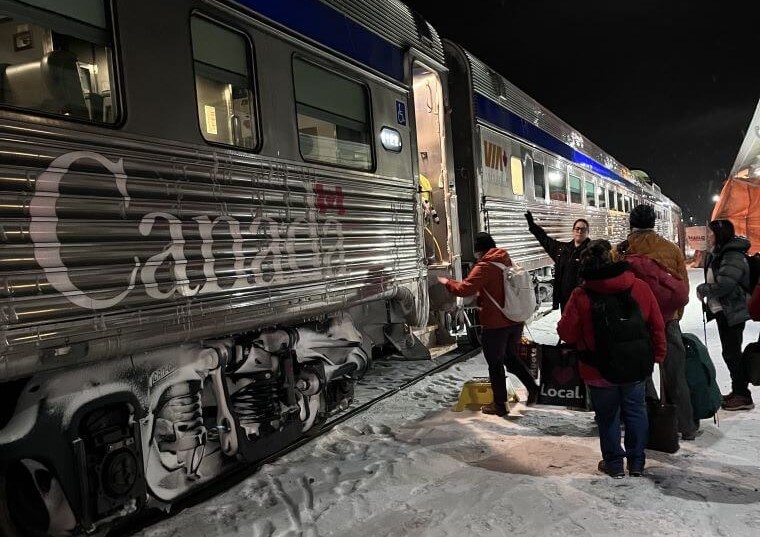
The Sask Polytech Polar Bear Eco Trip group readied to board the train in The Pas, Manitoba for the long and winding trek to Churchill. Photo credit: Joni Aschim

The students got cozy as the overnight train made its way through boreal and tundra landscape on its journey north. Photo credit: Phoebe De Ciman
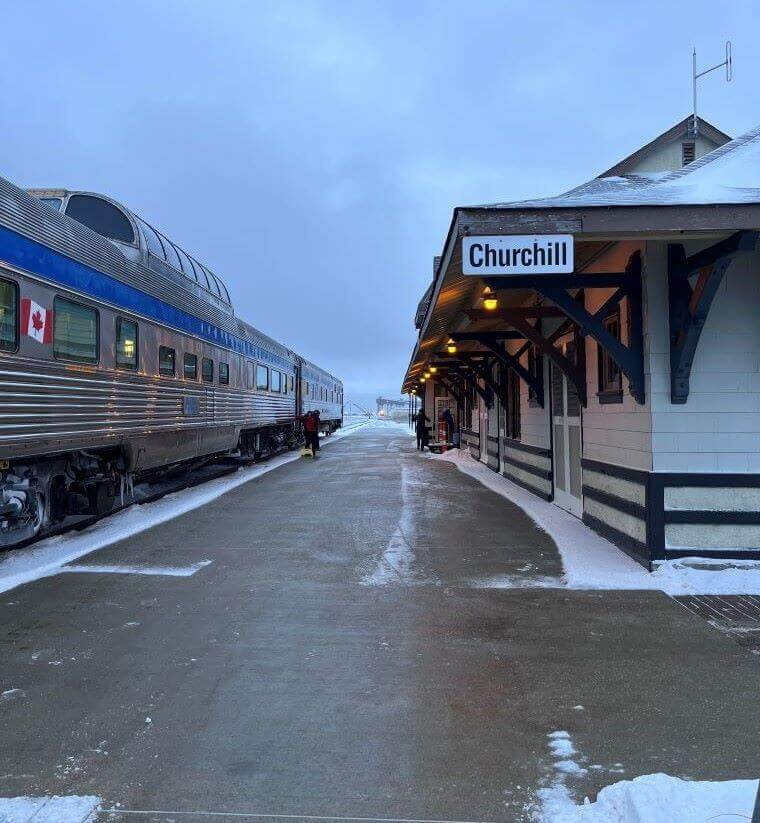
The train arrived ahead of schedule at Churchill, Manitoba train station and the group's excitement built. Photo credit: Joni Aschim

Participants boarded a Churchill Northern Studies Centre bus to the world-renowned learning and research facility. Photo credit: Kamen Korejbo

Participants soon learned the importance of following Churchill signs and rules for bear and human safety. Photo credit: Nicholas Kowaliuk
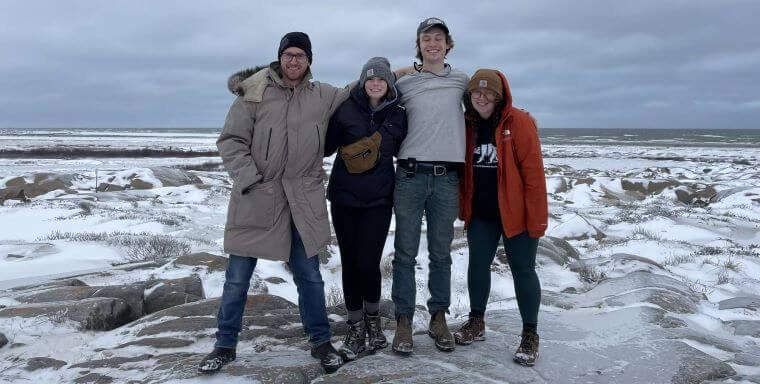
Students Dylan, Nevaeh, Kamen and Alicia braved the cold and wind at Churchill Bay. Photo credit: Kamen Korejbo
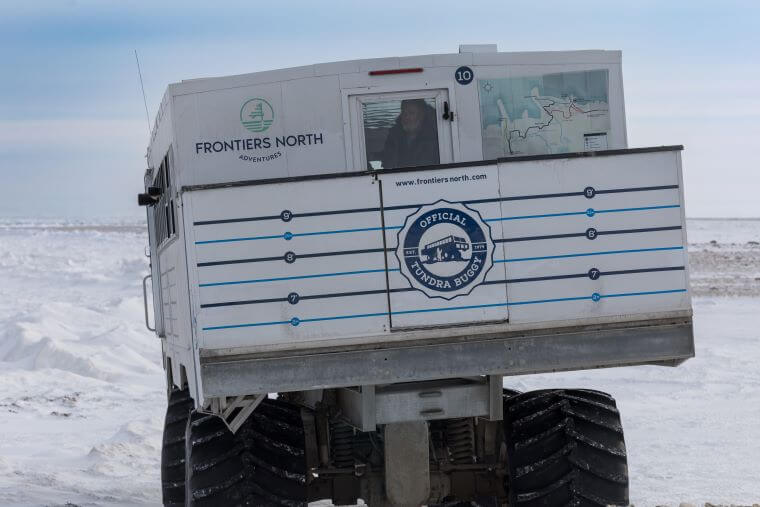 A
A
Frontiers North Adventures Tundra Buggy® would be the group's wheels for a full day of wildlife viewing. Photo credit: Barbara Kowaliuk
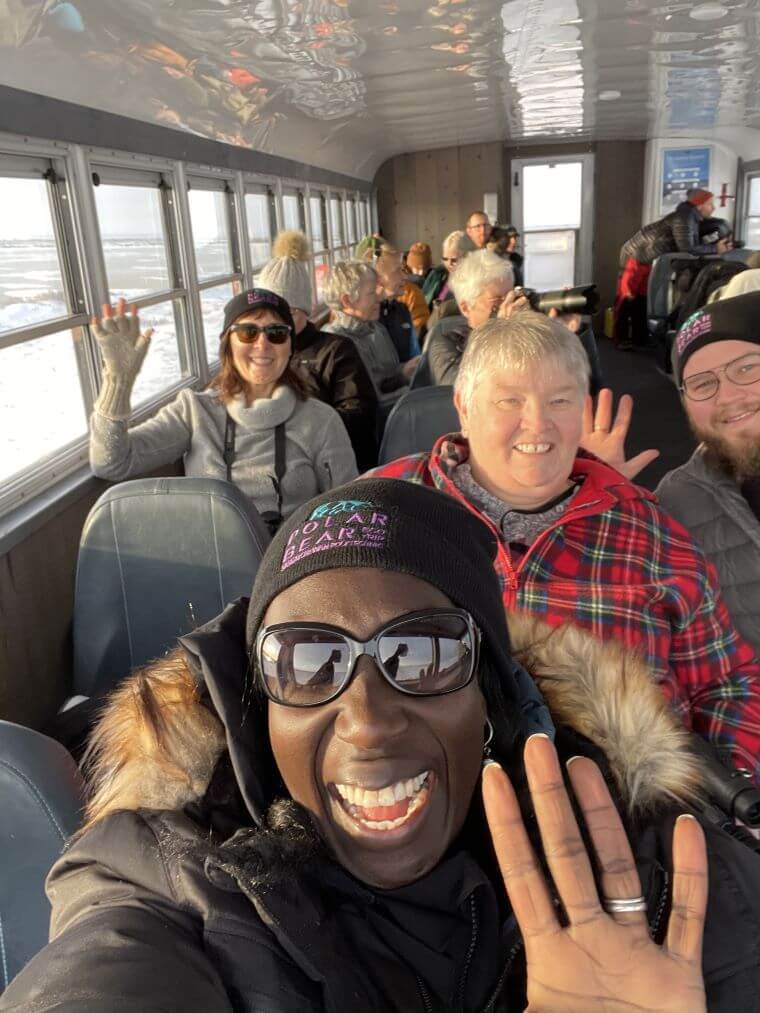
Anticipation built as the group headed out into the Churchill Wildlife Management Areain in search of the region's iconic bears. Photo credit: Phoebe De Ciman
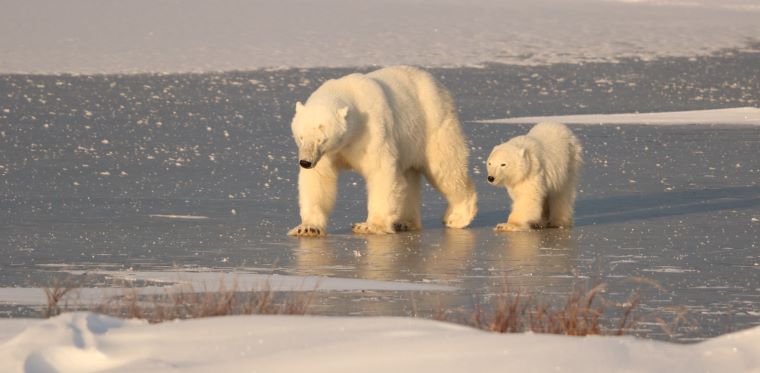
Participants were thrilled to spot a mother and cub first, readying to head out to begin their hunting season. Photo credit: Trevor Walker

The group witnessed a tense moment for mother and cub as a male approached. Photo credit: Barbara Kowaliuk
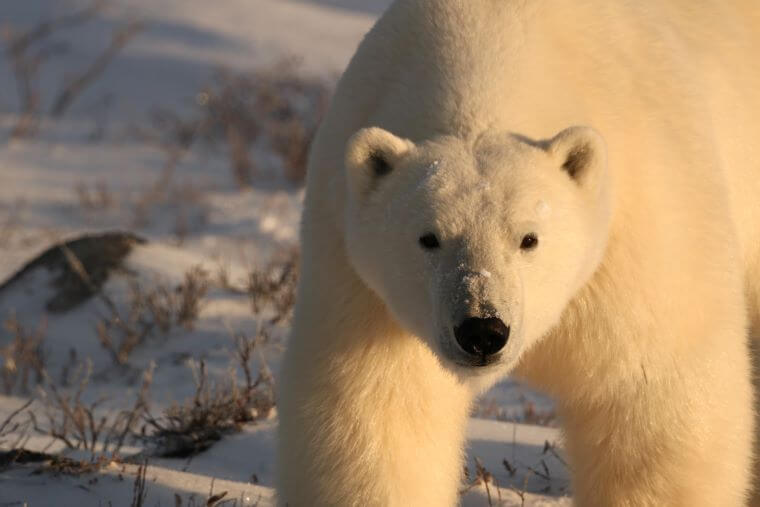
Everyone was excited to see so many bears at close range. Photo credit: Trevor Walker

Whether viewing with the naked eye, through binoculars, a phone camera or a powerful zoom lens, participants all got an excellent view of the bears. Photo credit: Phoebe De Ciman
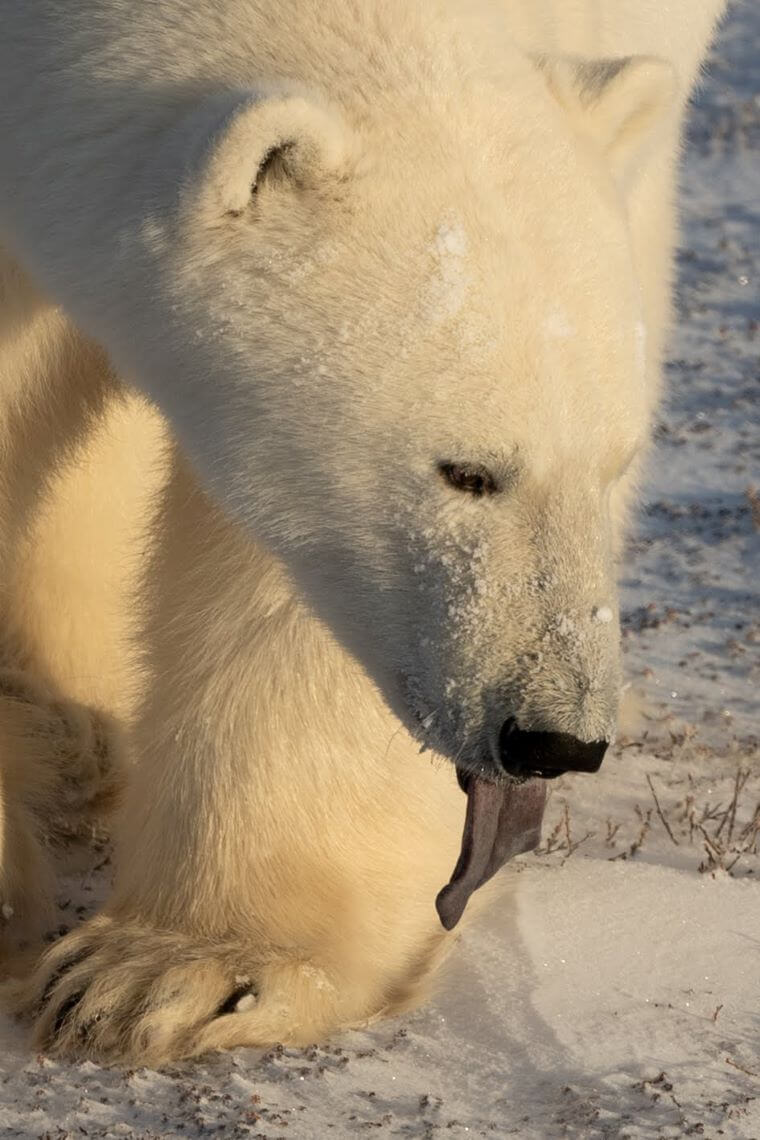
This polar bear shows its characterisic black tongue, often substituted for a pink one by taxidermists. Photo credit: Barbara Kowaliuk
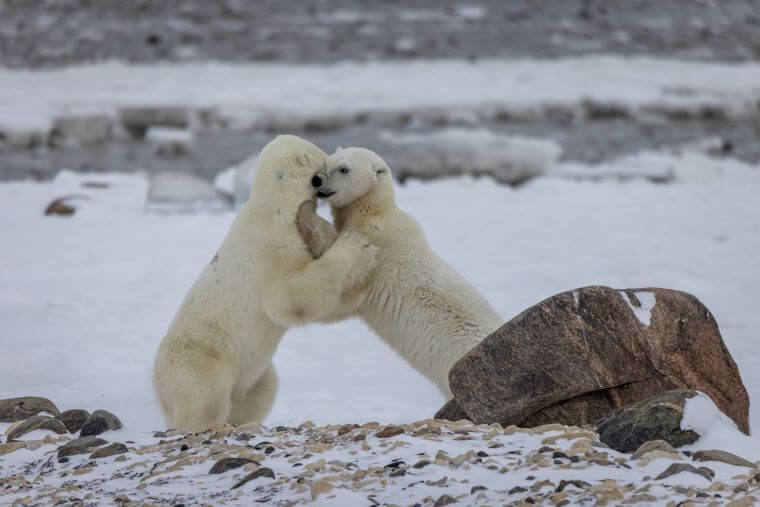
A display of play fighting by two young bears waiting for freeze-up when they will leave the Churchill area. Photo credit: Nicholas Kowaliuk
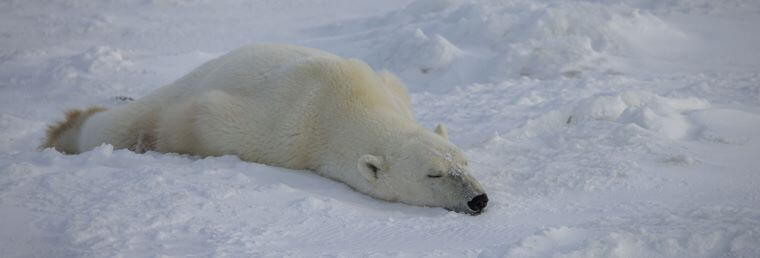
Other bears were seen resting, undisturbed by their human visitors. Photo credit: Nicholas Kowaliuk
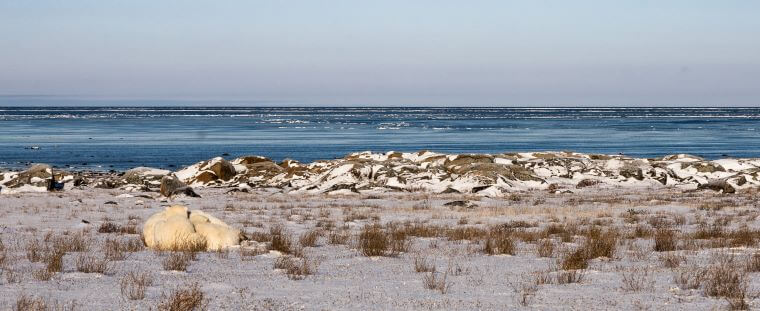
Participants found it particularly pleasing to see a perfect pile of placid polar bears. Photo credit: Barbara Kowaliuk
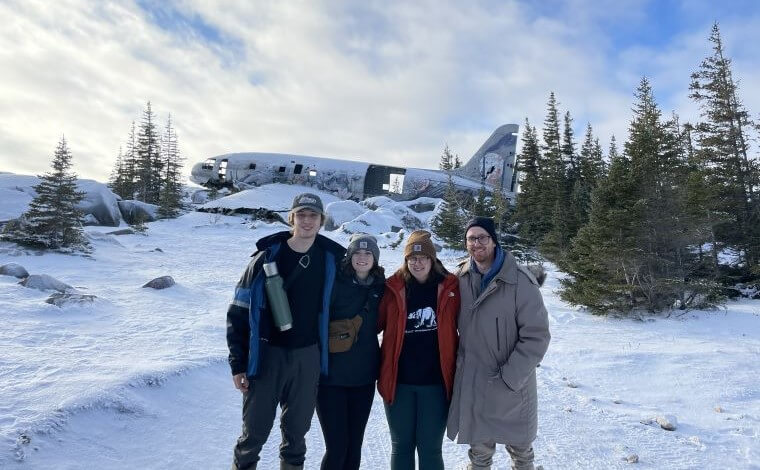
The Sask Polytech students posed in front of local "Miss Piggy" historic crash site during a day of sightseeing in the Churchill region. Photo credit: Phoebe De Ciman
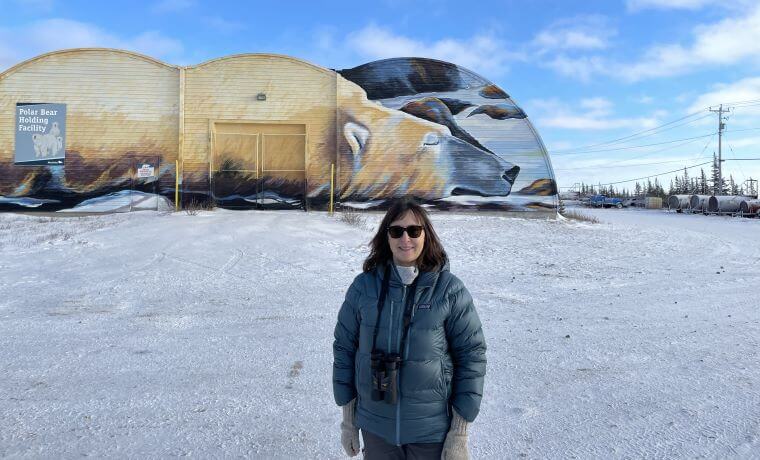
Trip guide Dr. Susan Blum stands outside the Churchill polar bear holding facility, where bears who become habituated to people are kept until they can safely be released for winter. Photo credit: Phoebe De Ciman
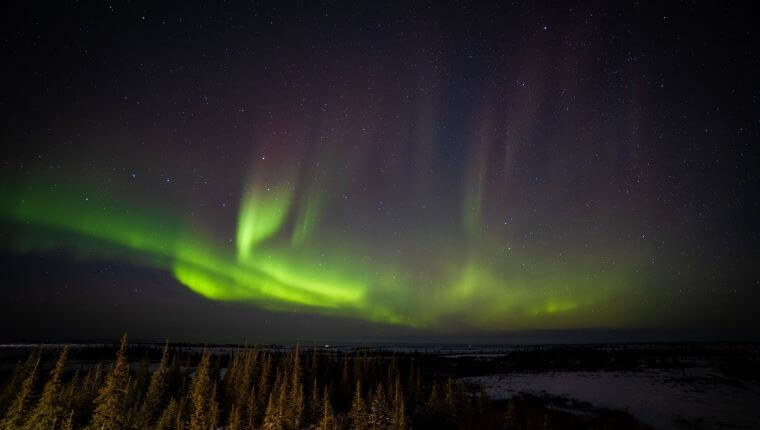
This year's tour was treated to a spectacular display of northern lights, visible from a specially designed viewing tower at the CNSC. Photo credit: Nicholas Kowaliak
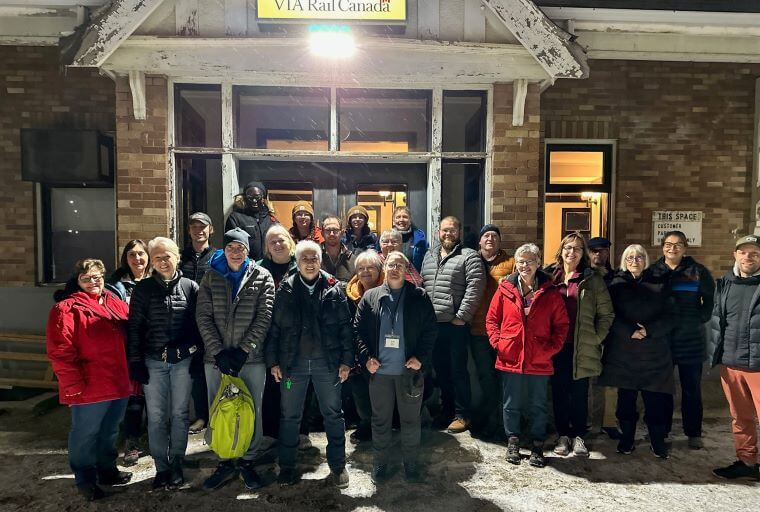
The Polar Bear Eco Trip is a wrap for 2023. We hope to welcome new adventurers next November! Photo credit: Saskatchewan Polytechnic
Saskatchewan Polytechnic is signatory to the SDG Accord. Sustainable Development Goal alignment is one of the ways Sask Polytech is leading the rise of polytechnic education.
